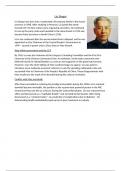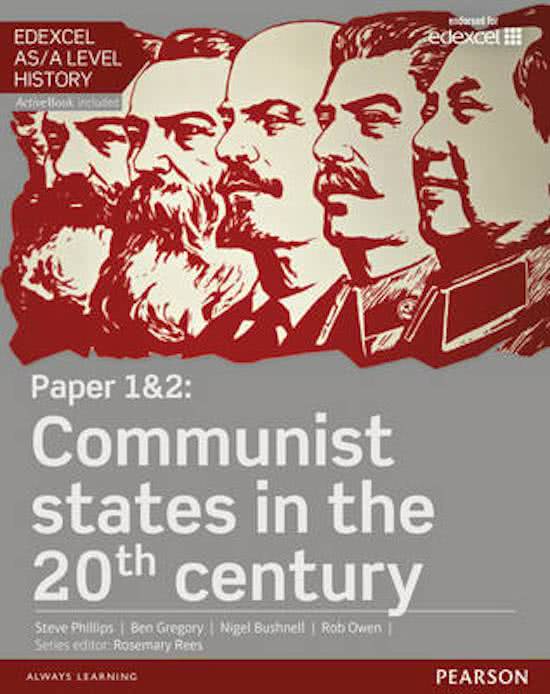Liu Shaqoi
Liu Shaqoi was born into a moderately rich peasant family in the Hunan
province in 1898. After studying in Moscow, Liu joined the newly
formed CCP. His first actions were organising rail strikes. He continued
to rise up the party ranks and travelled to the Jianxi Soviet in 1932 and
became Party Secretary in North China in 1936.
Liu’s rise continued after the second united front collapsed, and he was
appointed as Vice Chairman of the Central People's Government in
1949 – second in power only to Zhou Enlai or Mao himself.
Role within government and the CCP
By 1956, Liu was also chairman of the Congress's Standing Committee and the First Vice
Chairman of the Chinese Communist Party. An orthodox, Soviet-style communist who
believed heavily in industrialisation, Liu was an avid supporter of the great leap forward.
However, once the short fallings of Mao’s policies began to appear, Liu was quick to
introduce more moderate economic reforms to curb the spiralling nationwide crisis and
succeeded Mao as Chairman of the People's Republic of China. These disagreements with
Mao would sew the seeds of his downfall during the cultural revolution.
Conflict with Mao and death
After Mao succeeded in restoring his prestige and position during the 1960s, Liu's eventual
downfall became inevitable. His position as the second most powerful person in the PRC
meant that Mao saw him as a threat. During the Cultural Revolution, Liu was removed from
office and denounced as a “Capitalist Roader” and arrested by Red Guards. After being
denounced as a “criminal traitor”, Liu would die of complications due to diabetes – his
deteriorating health undoubtedly sped up by his poor treatment in custody.





